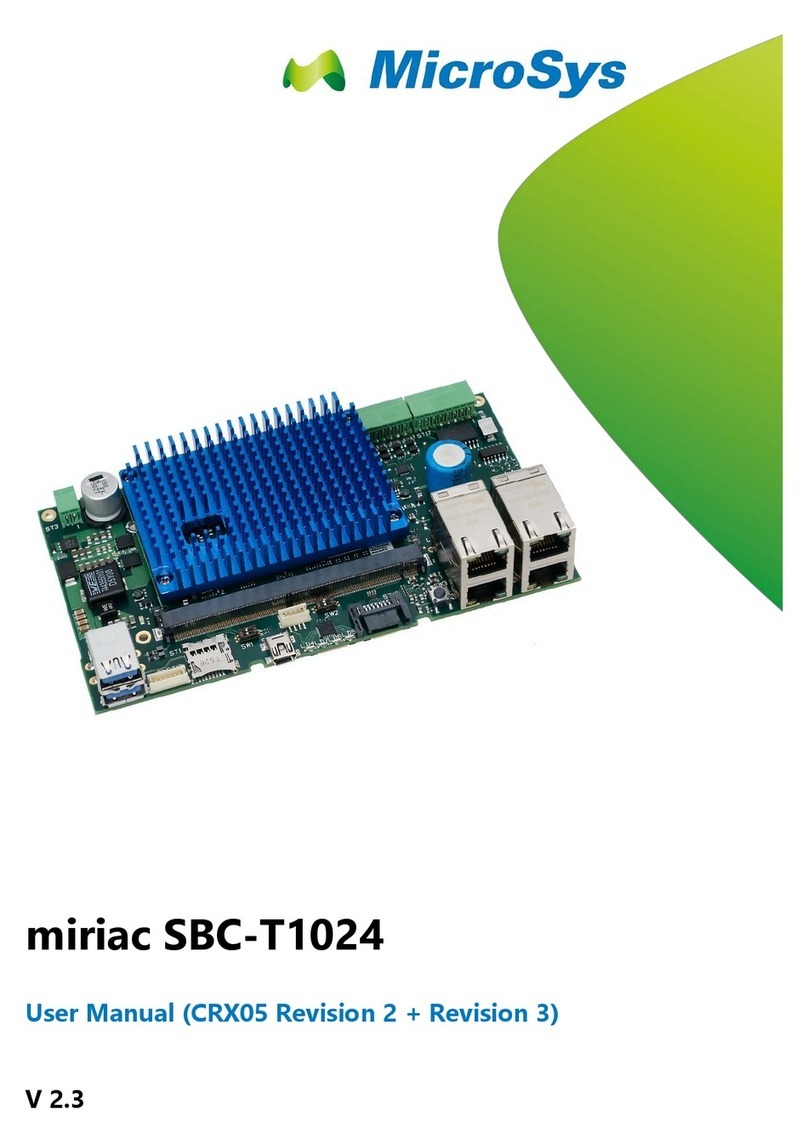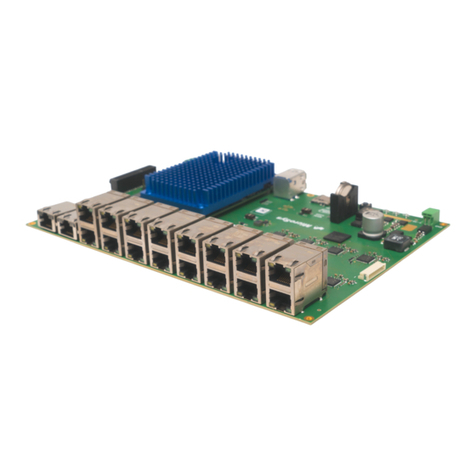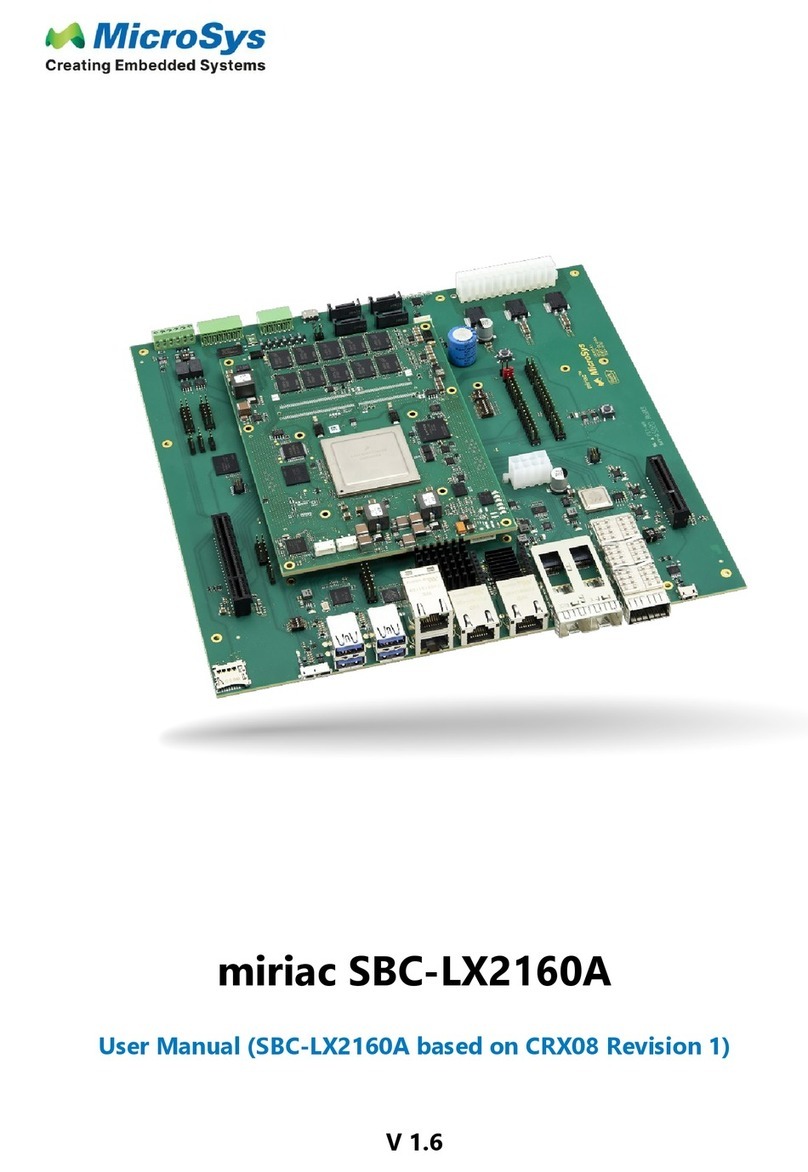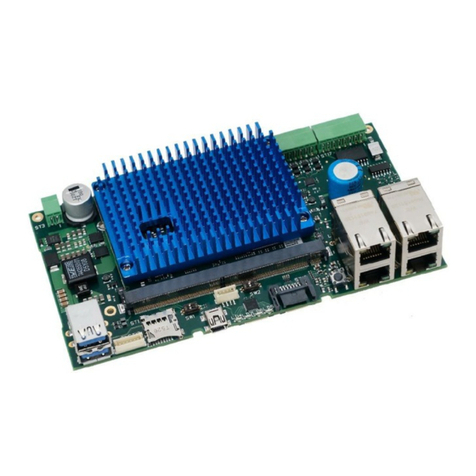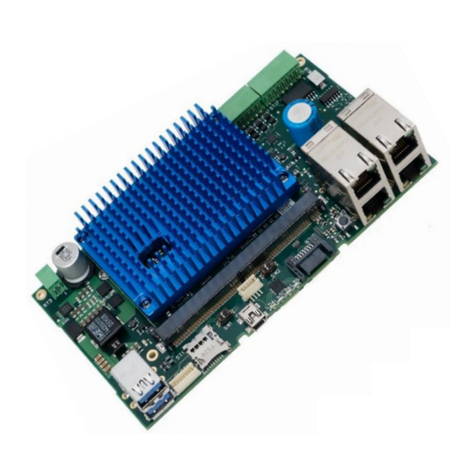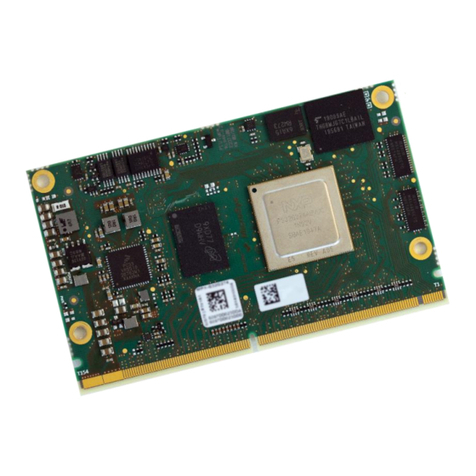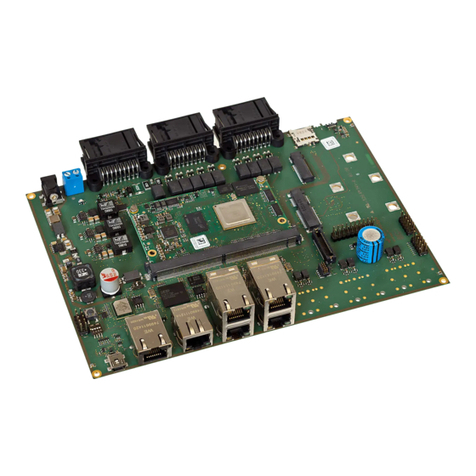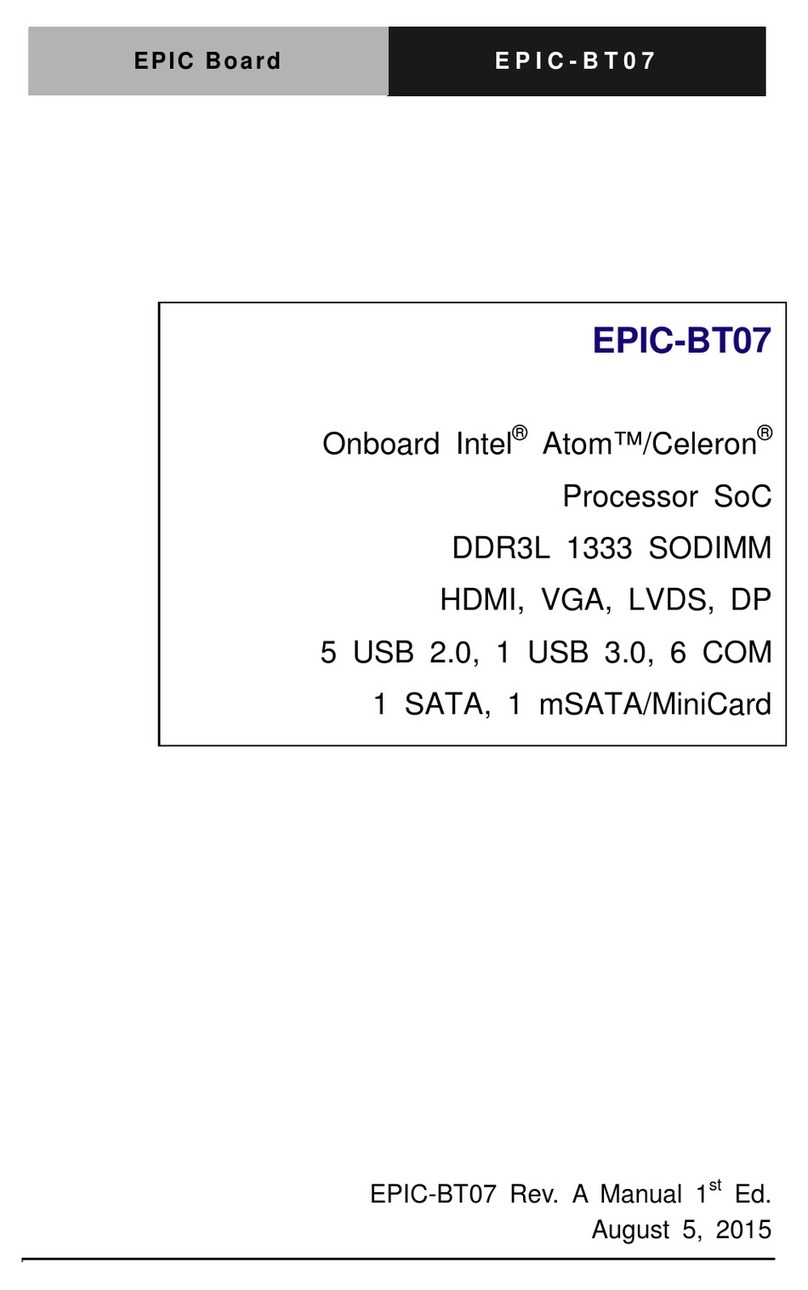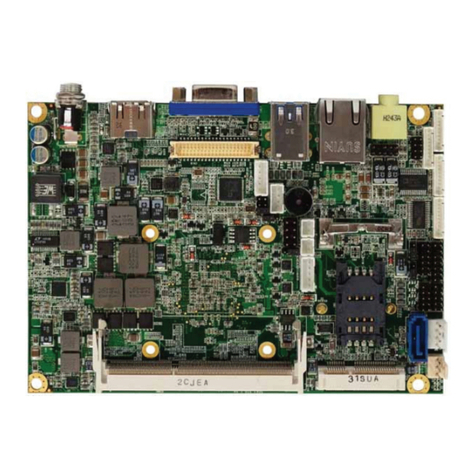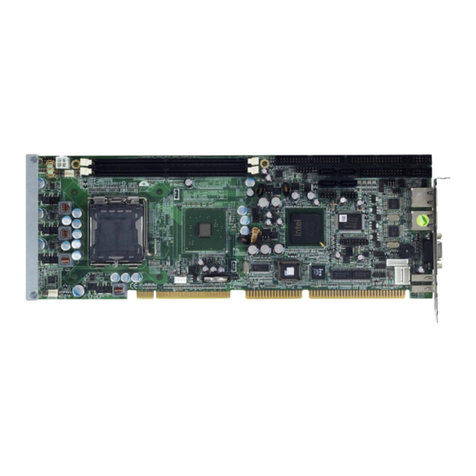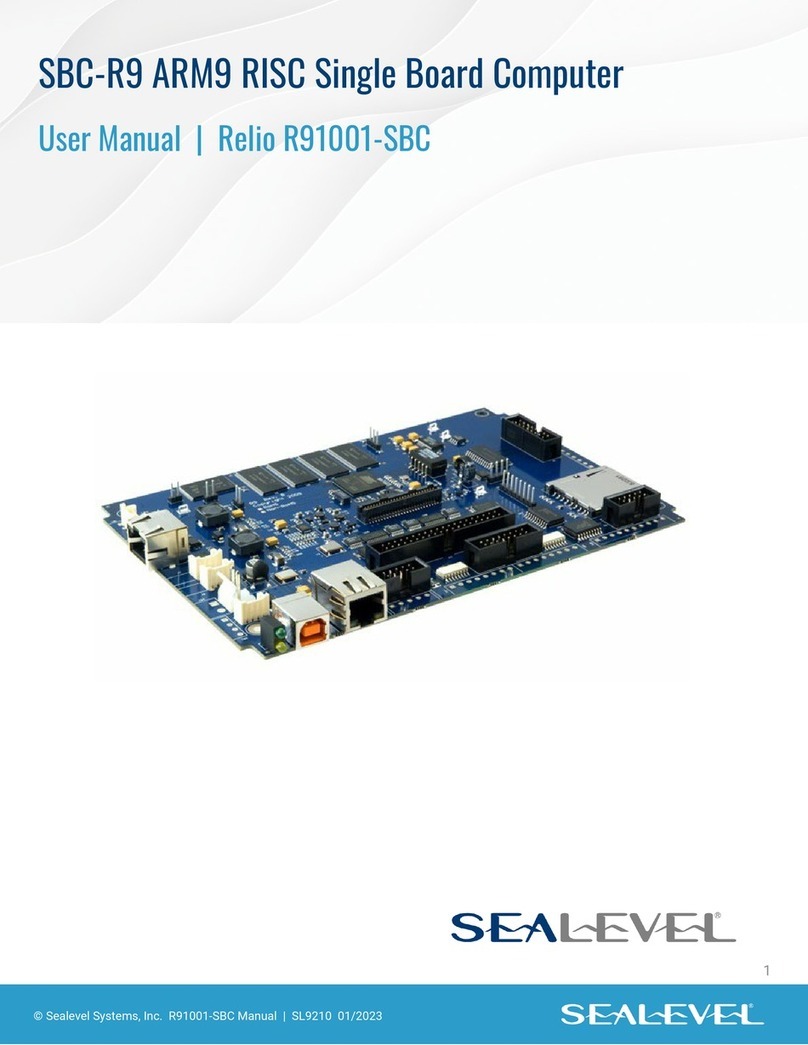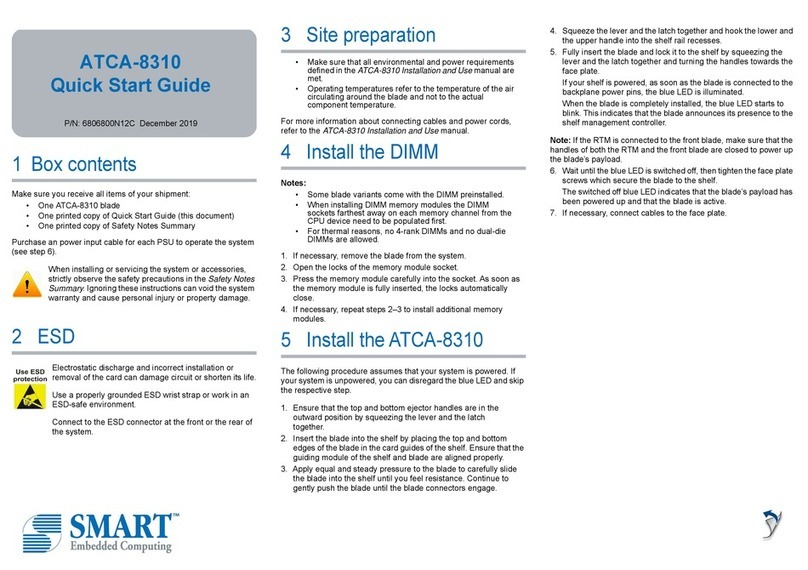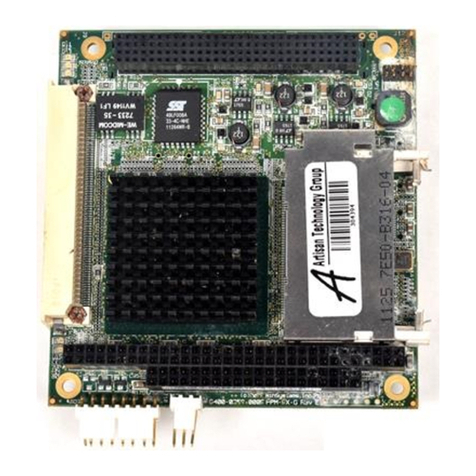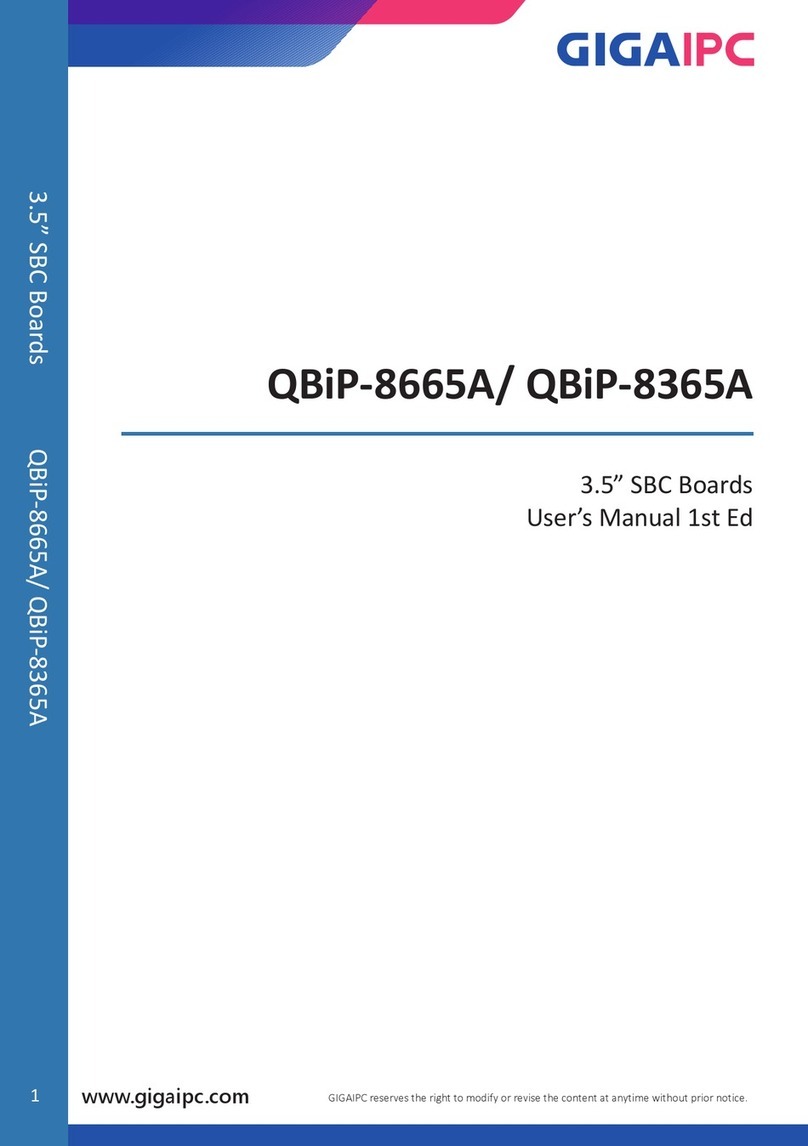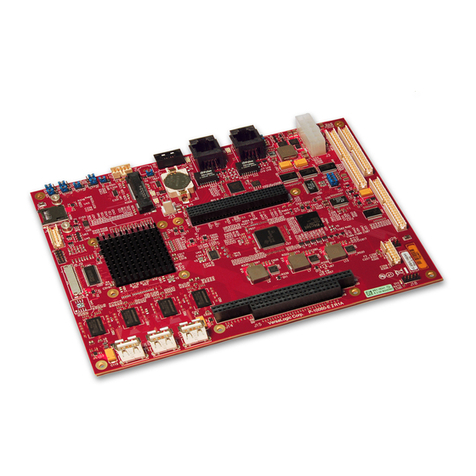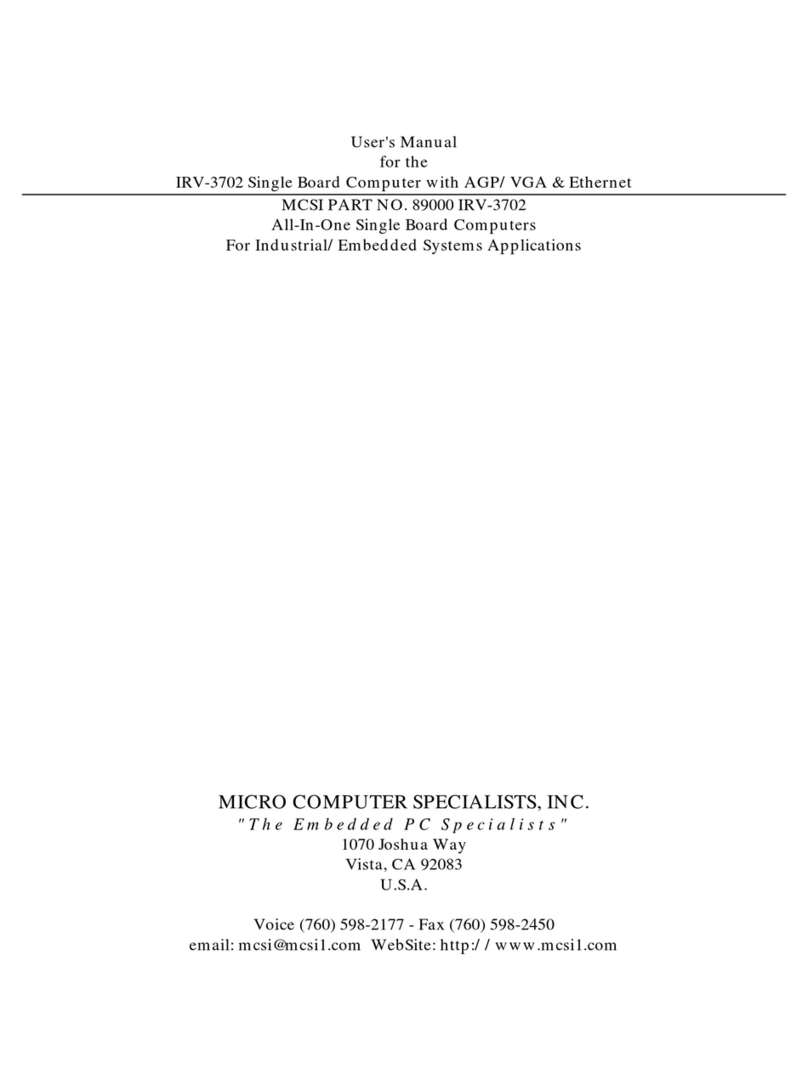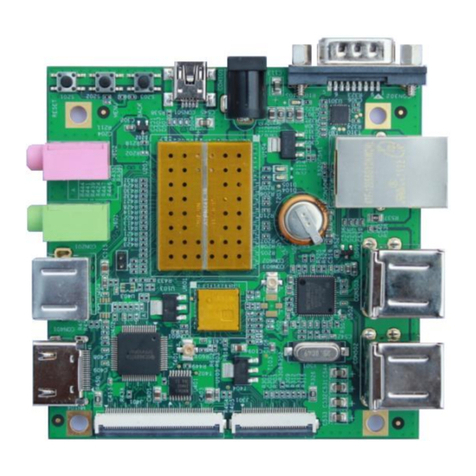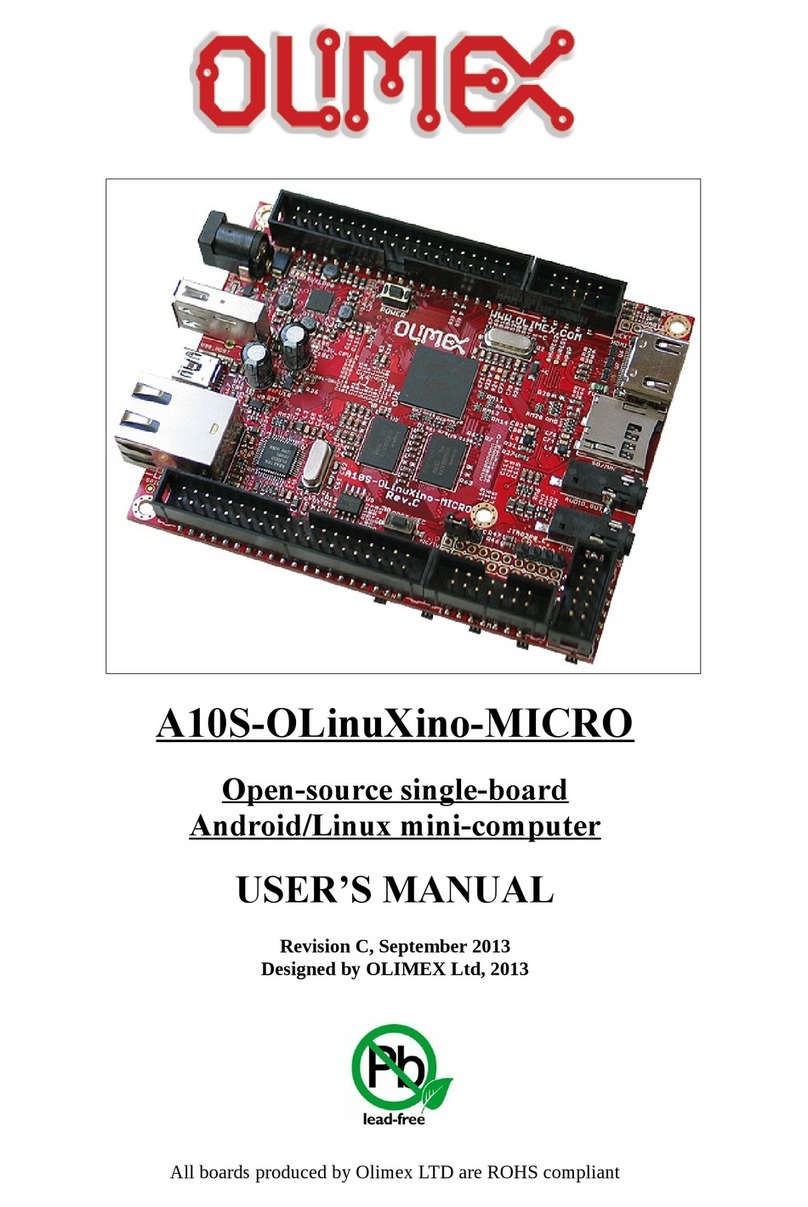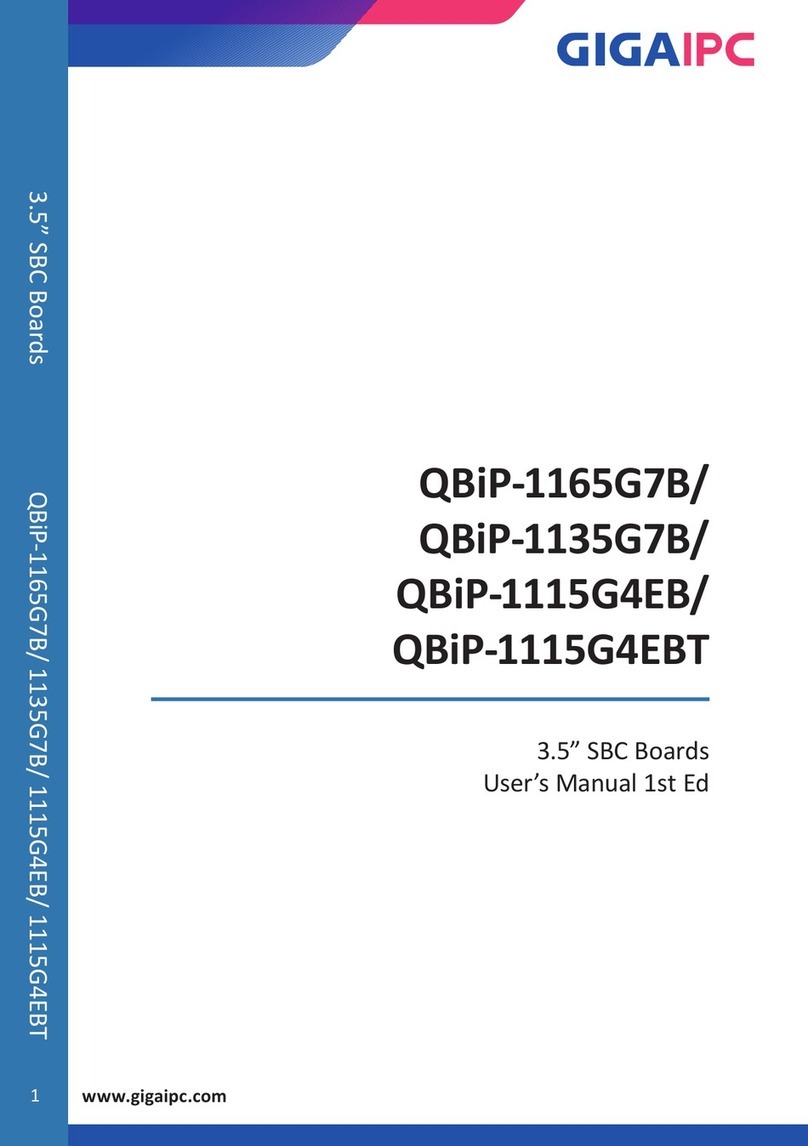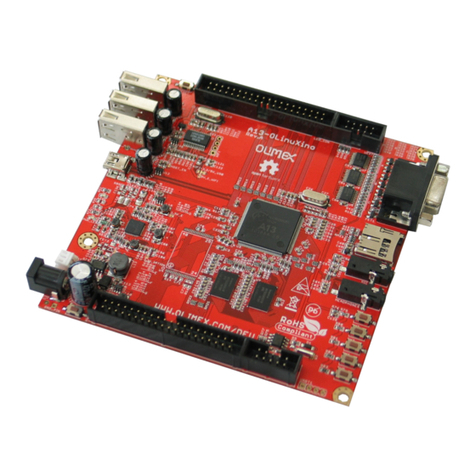Table of Contents
1General Notes.............................................. 4
1.1 Warranty........................................................4
1.2 Links..............................................................4
1.3 Liability .......................................................... 4
1.4 Offer to Provide Source Code of Certain
Software ........................................................ 5
1.5 Symbols, Conventions and Abbreviations .....6
1.5.1 Symbols ........................................................ 6
1.5.2 Conventions .................................................. 6
2Introduction ................................................. 7
2.1 Safety and Handling Precautions .................. 7
2.2 Short Description........................................... 8
2.3 Shipping List.................................................. 8
3System Description..................................... 9
3.1 Block Diagram............................................... 9
3.2 System Components.....................................9
3.3 SoC ............................................................. 10
3.4 Power Consumption.................................... 10
3.5 Cooling ........................................................ 11
3.6 Ordering Information ................................... 11
4Technical Description ............................... 12
4.1 Connector References ................................ 12
4.2 Module Connector Pinout and Electrical
Characteristics............................................. 13
4.3 Connectors on Module ................................ 13
4.3.1 Fan Connectors [ST5, ST6]......................... 13
4.3.2 Programming Connector [ST7].................... 14
4.4 Management Engine (ME) .......................... 15
4.4.1 System Startup............................................ 15
4.4.2 System Monitoring....................................... 15
4.4.3 XML Configuration....................................... 16
4.4.4 Command Console...................................... 17
4.5 CPLD........................................................... 27
4.6 Power Structure........................................... 28
4.6.1 Power Monitoring ........................................ 29
4.7 Reset Structure ........................................... 30
4.8 Clock Structure............................................ 32
4.9 Boot Mode Configuration............................. 34
4.10 Memory DRAM............................................ 35
4.11 Memory eMMC............................................ 35
4.12 Memory XSPI .............................................. 36
4.13 Memory SPI ................................................ 37
4.14 RTC (Real-Time Clock) ............................... 38
4.15 Serdes clocking........................................... 39
4.16 Temperature sensors .................................. 40
4.17 LEDs............................................................41
4.18 I2C Devices –Address List..........................42
4.19 I2C (PMBUS) devices at ME .......................43
4.20 Carrier Interfaces.........................................43
4.20.1 Module Power Input.....................................43
4.20.2 Power from Module to Carrier......................43
4.20.3 Battery Backup ............................................44
4.20.4 SerDes.........................................................44
4.20.5 MAC Capabilities .........................................47
4.20.6 RGMII ..........................................................48
4.20.7 UART...........................................................49
4.20.8 I2C...............................................................51
4.20.9 CAN.............................................................51
4.20.10 SDHC-1 (SD)...............................................52
4.20.11 eSDHC ........................................................53
4.20.12 USB .............................................................54
4.20.13 XSPI ............................................................56
4.20.14 SPI...............................................................56
4.20.15 FTM .............................................................57
4.20.16 JTAG/COP...................................................57
4.20.17 Interrupts .....................................................58
4.20.18 Control / Reset.............................................58
4.20.19 Alternate function.........................................58
4.20.20 GPIOs..........................................................59
4.21 Management Engine (ME)...........................60
4.21.1 ME Console.................................................60
4.21.2 ME Programming.........................................60
4.21.3 ME I2C.........................................................60
4.21.4 ME SPI ........................................................60
4.21.5 ME USB.......................................................61
4.21.6 ME Power Control .......................................61
4.22 CPLD Interfaces ..........................................61
4.23 Fan ..............................................................61
5Mechanical Description.............................62
5.1 Board Outline...............................................62
5.2 Component Layout Top Side...............Fehler!
Textmarke nicht definiert.
5.3 Component Layout Bottom Side..........Fehler!
Textmarke nicht definiert.
5.4 Height ..........................................................64
5.5 PCB Thickness ............................................64
5.6 Carrier Connector Placement and
Mounting......................................................65
6Software .....................................................66
6.1 U-Boot .........................................................66
